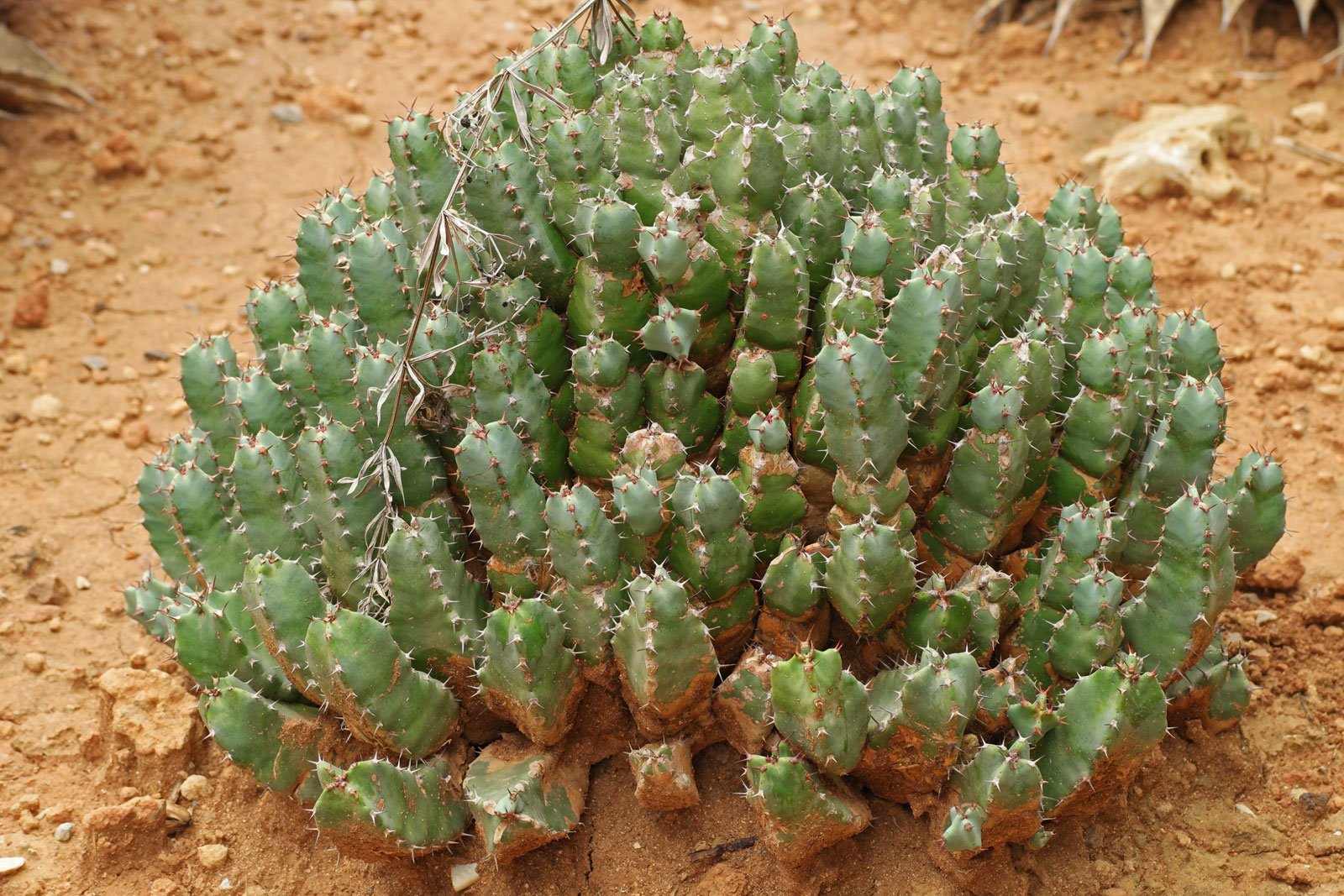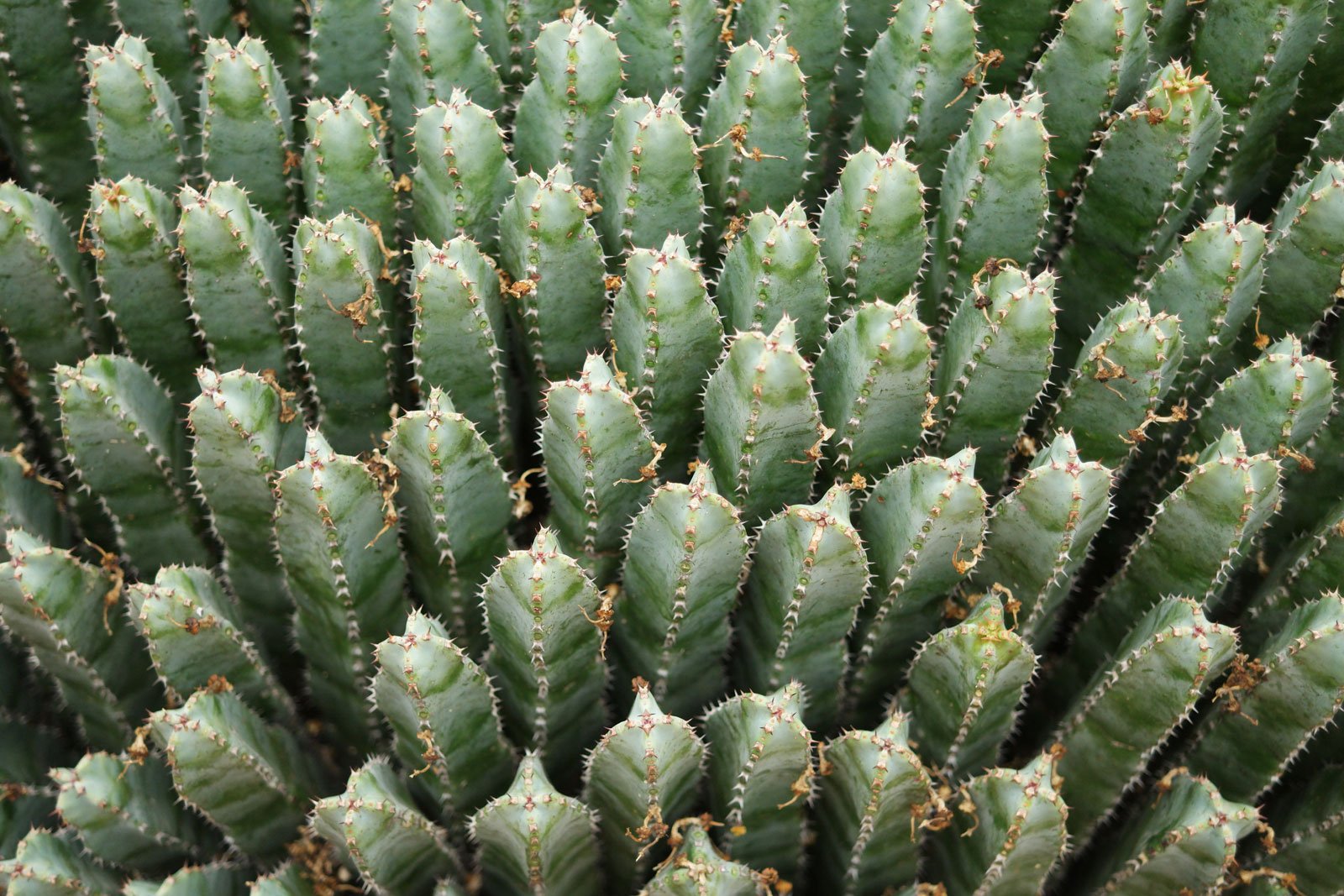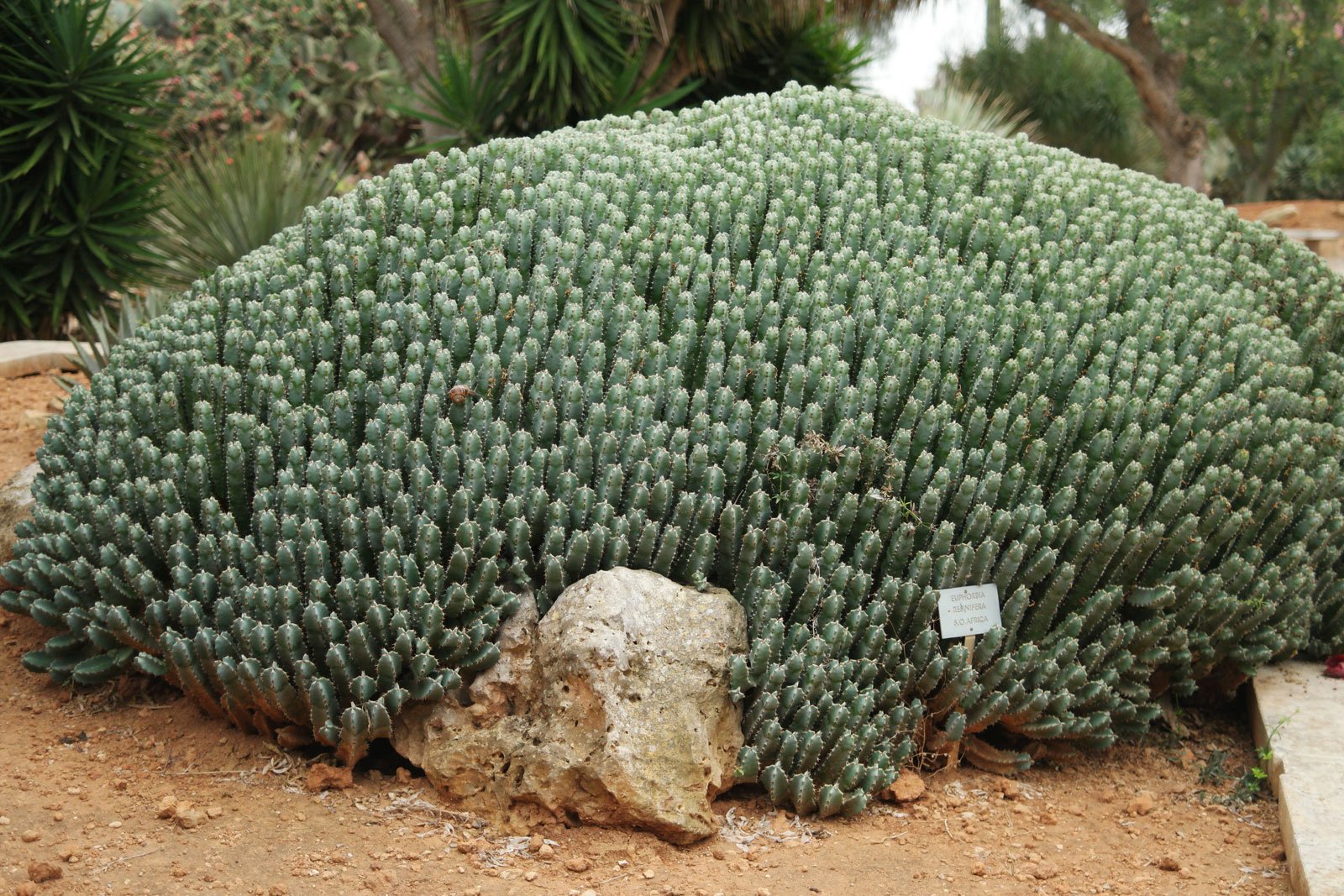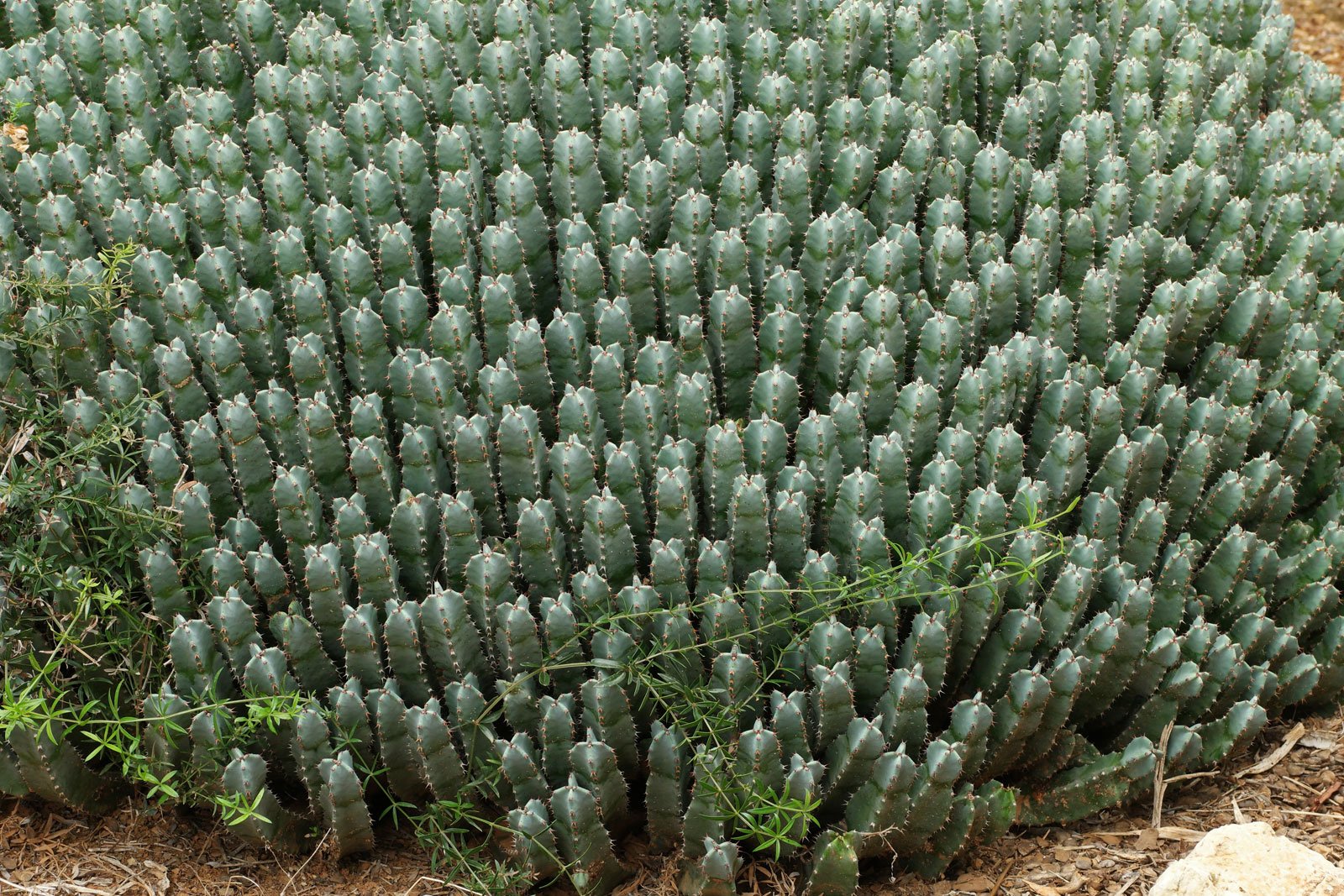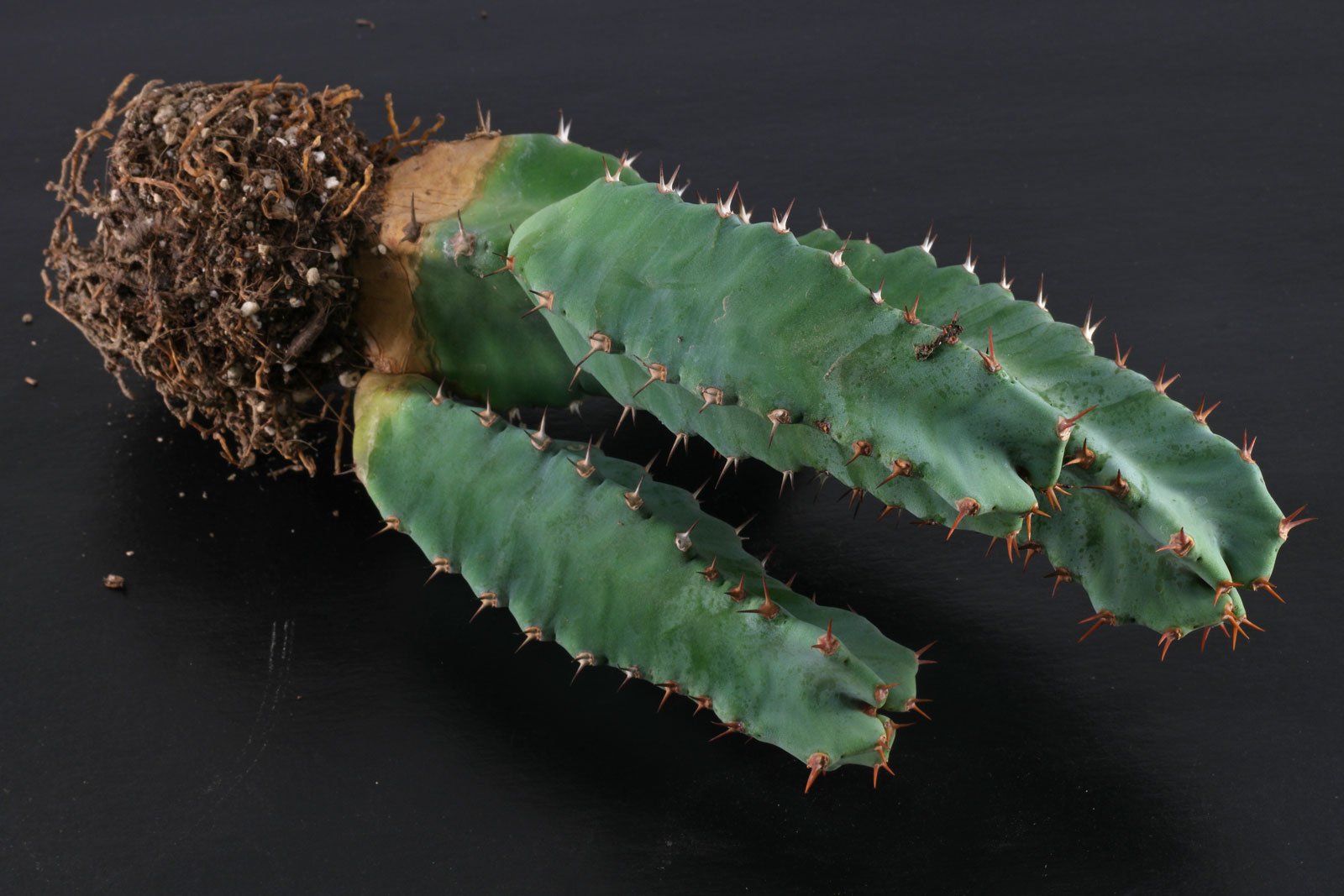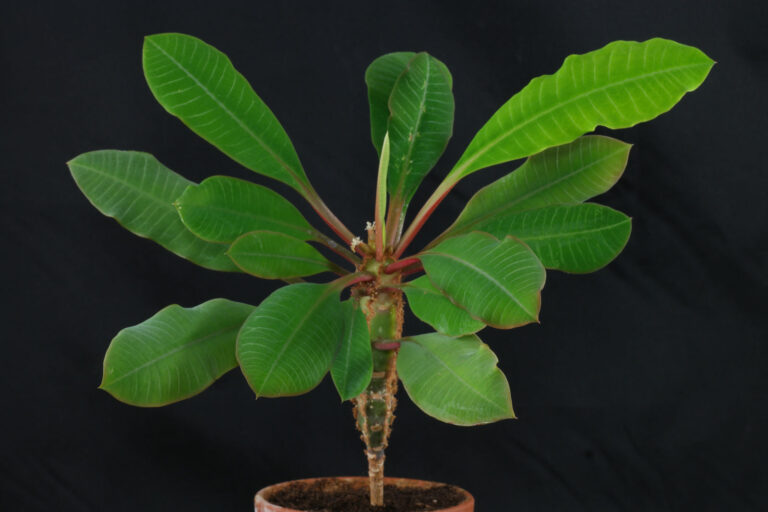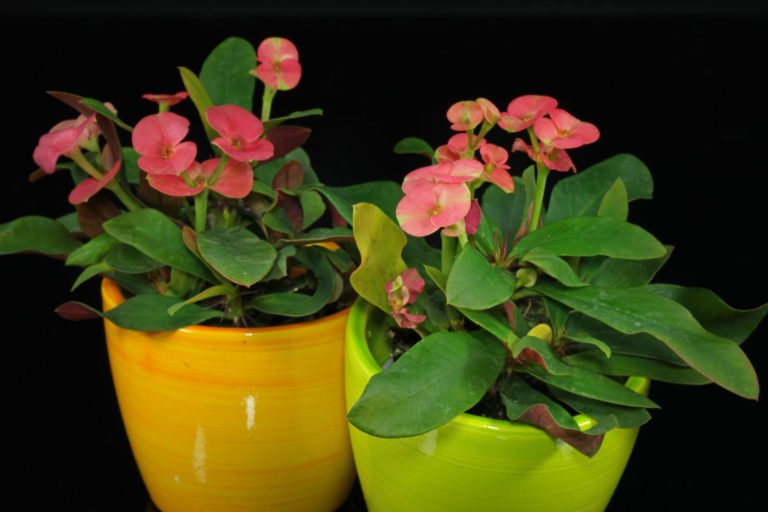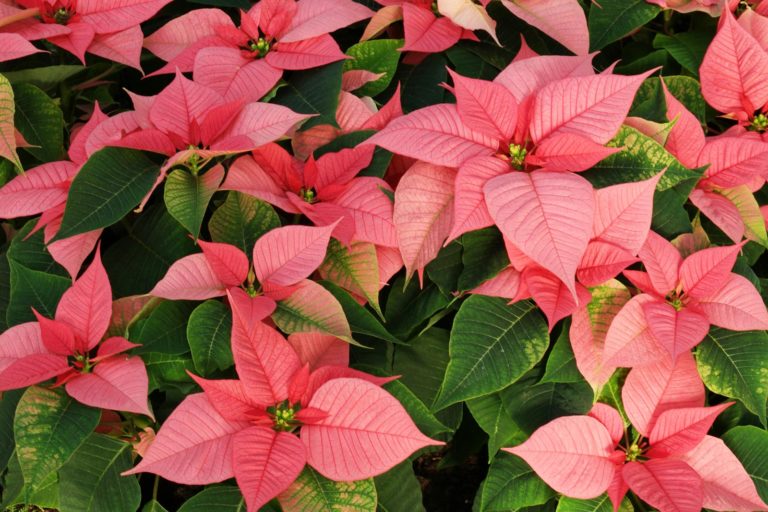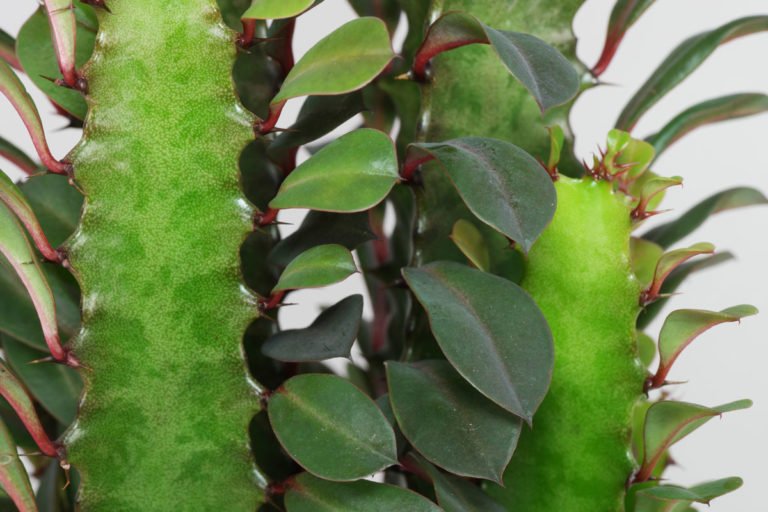Resin Spurge
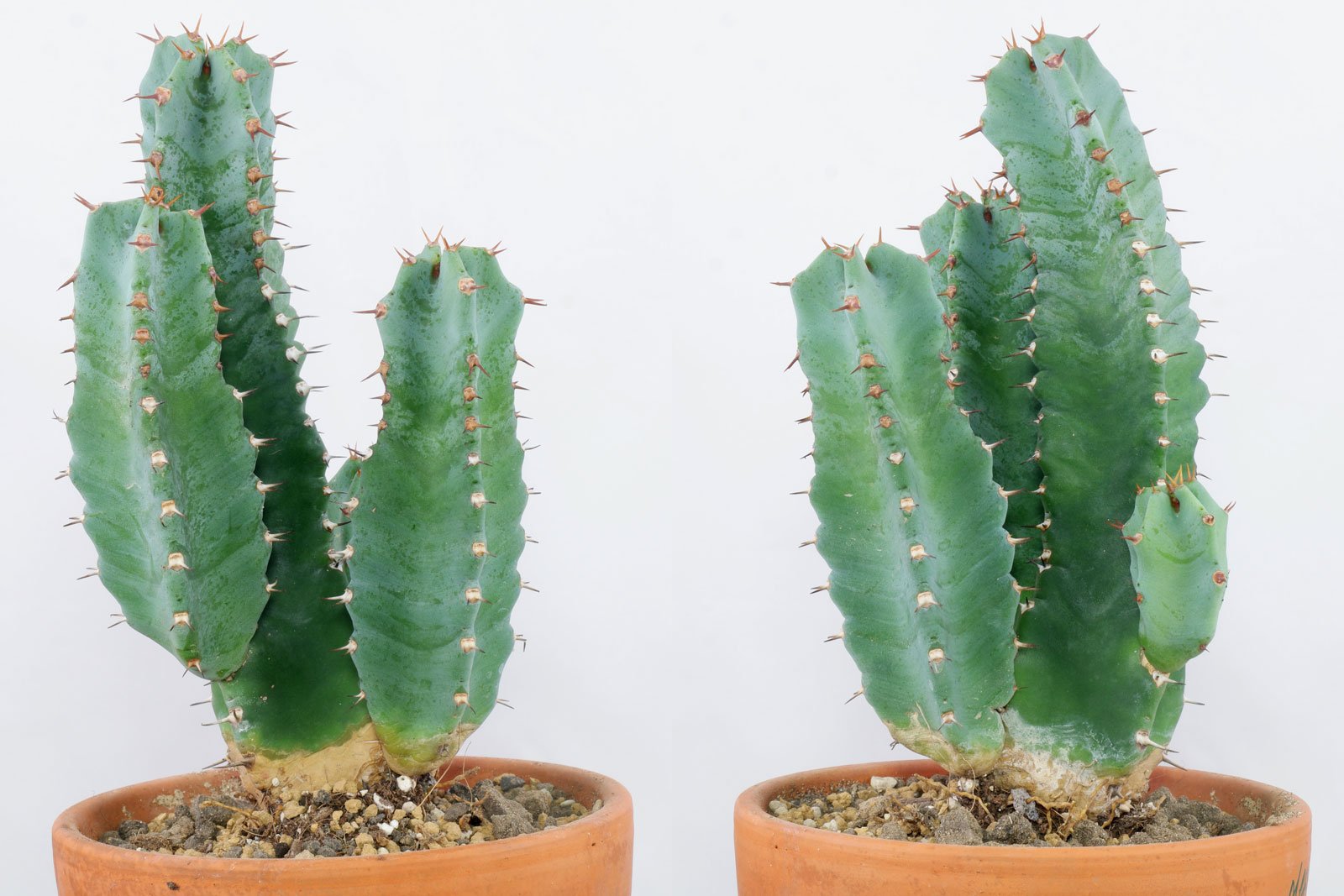
Care
Lighting
Euphorbia resinifera likes it sunny. Ideally, it should be exposed to the sun for at least 3 hours a day. Hot summer sun is welcome.
The summer can be spent in the garden or on the balcony, but there ite must be slowly accustomed to the sun, which is no longer filtered through a window.
Soil
Regular mixes for cacti and succulents are suitable, as are mineral substrates based on pumice gravel. If you want to mix it yourself, you can use potting soil with bird sand and pumice or clay granulate in a ratio of 3:1:1.
If the Resin Spurge spends the summer in the garden, a permeable mixture with at least 50 % mineral content is ideal so that rainwater can drain off quickly.
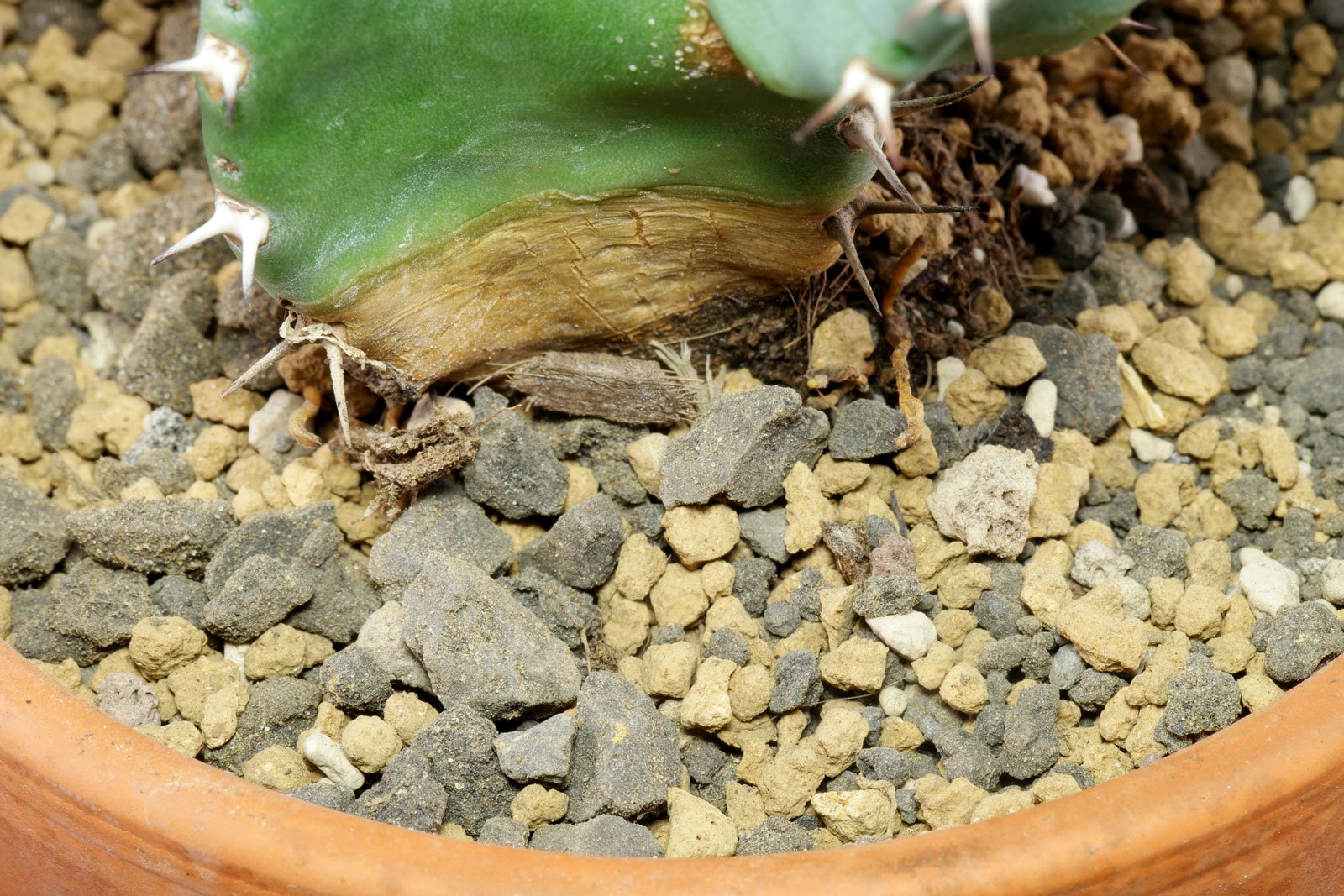
Watering
The substrate may dry out between the waterings. Water sparingly and sloppily if placed cool to temperate during winter to avoid etiolation.
If Crassula mesembryanthemoides spends the summer in the garden, the pot should not stand in a saucer or overpot so that the rainwater can run off.
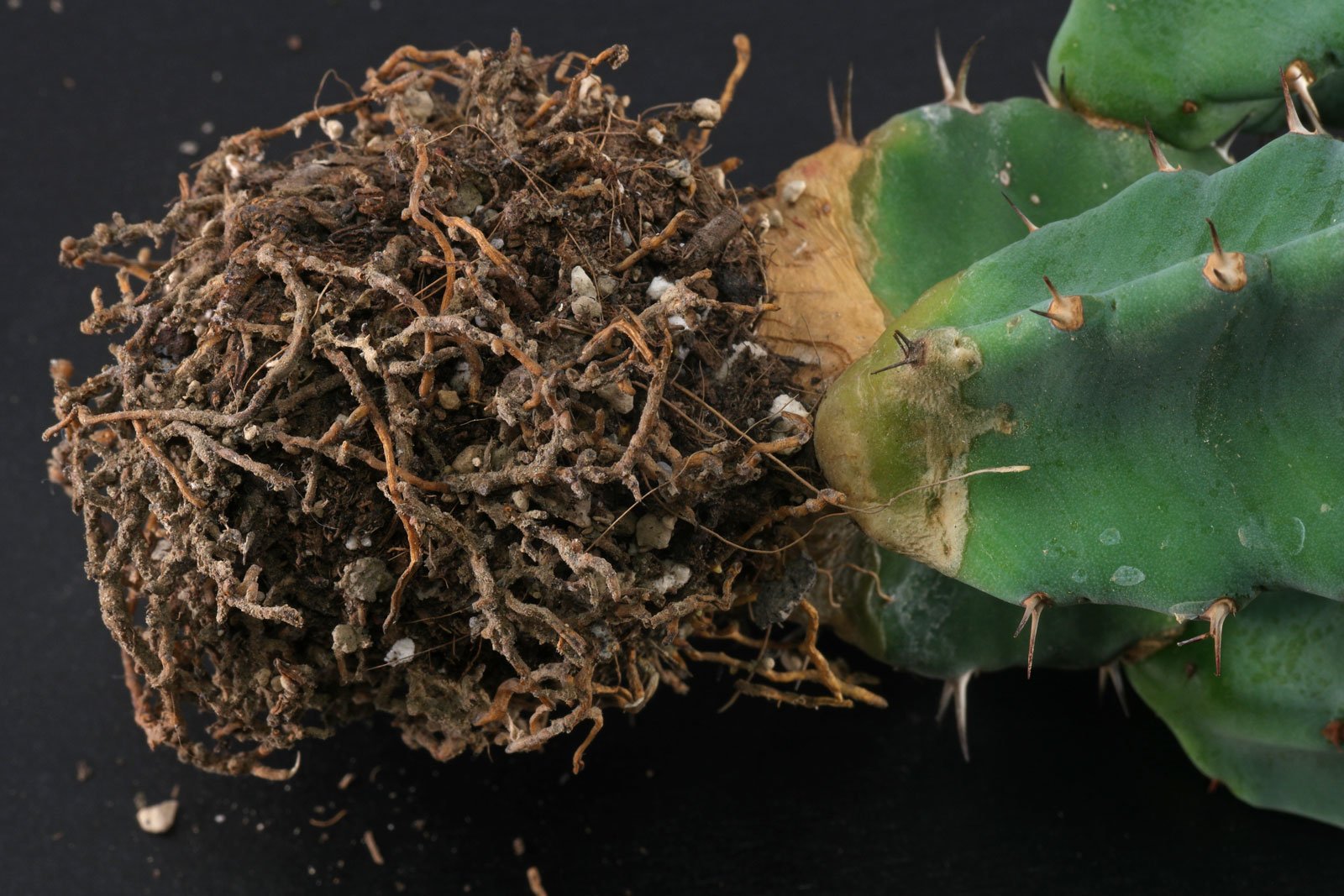
Feeding
Every 4th to 8th week if the Resin Spurge is in active growth. Feed with cacti liquid fertilizer or a standard liquid fertilizer at half strength. A new bought or recently repotted plant don’t need to be fed for the first year.
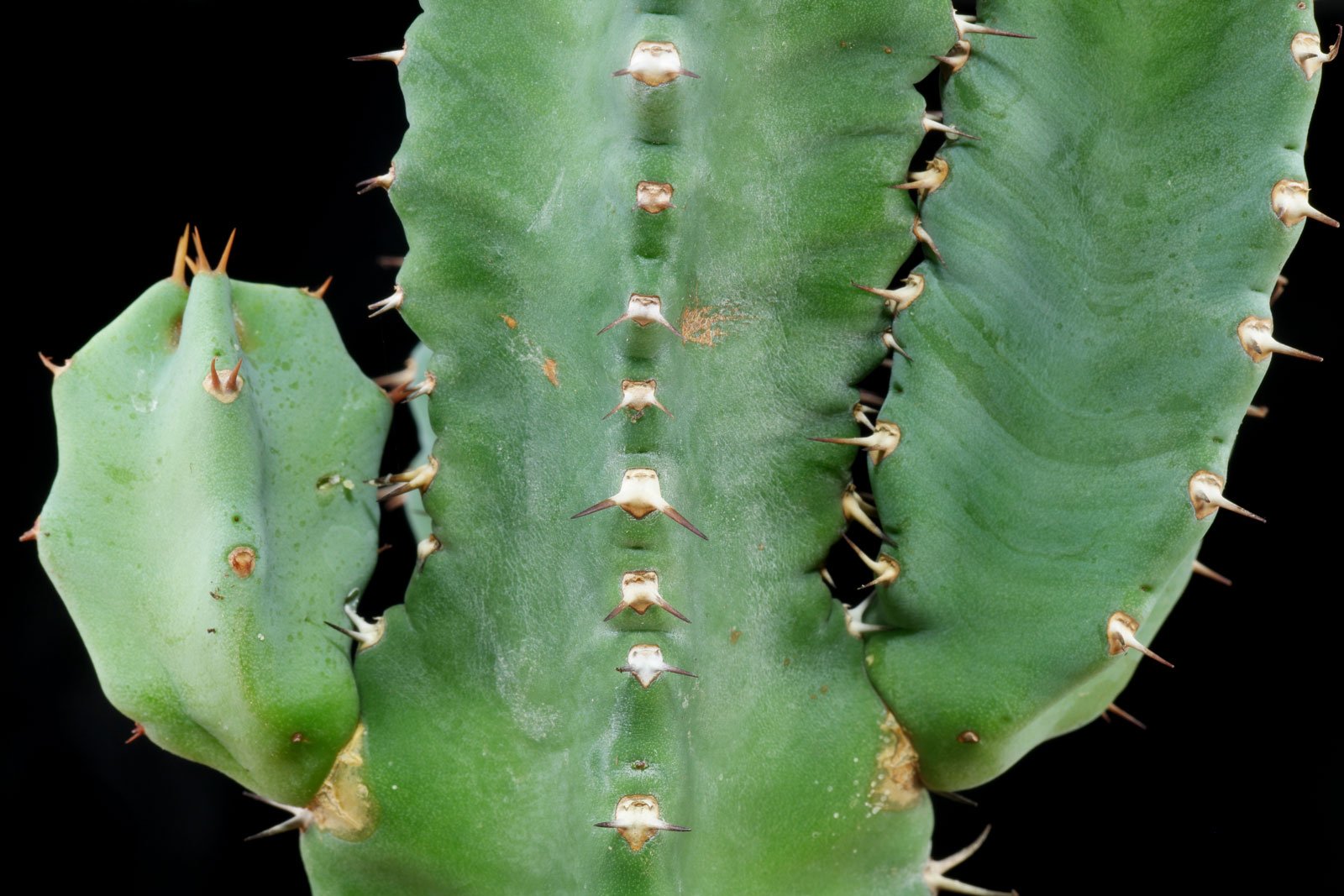
Temperature
Euphorbia resinifera can be cultivated at room temperature all year round. If it is to flower, however, it is better to winter it at temperatures around 10 to 15 °C (50 to 59 °F). Minimum temperature is 5 °C (41 °F).
Propagation
Propagation with seeds and by cutting off side shoots is possible. The sap released when cutting or breaking off stems is toxic and may cause skin irritation.
Profile
Scientific name
Euphorbia resinifera
Common name(s)
Resin Spurge, African Spurge
Family
Euphorbiaceae
Origin
Morocco
Height
10 to 60 cm
Toxic
Yes
More infos
In some regions Euphorbia resinifera is a popular garden plant. It can spread over a wide area, just like the houseleeks.
The pictures below were taken in the botanical garden “Botanicactus” on Mallorca.
